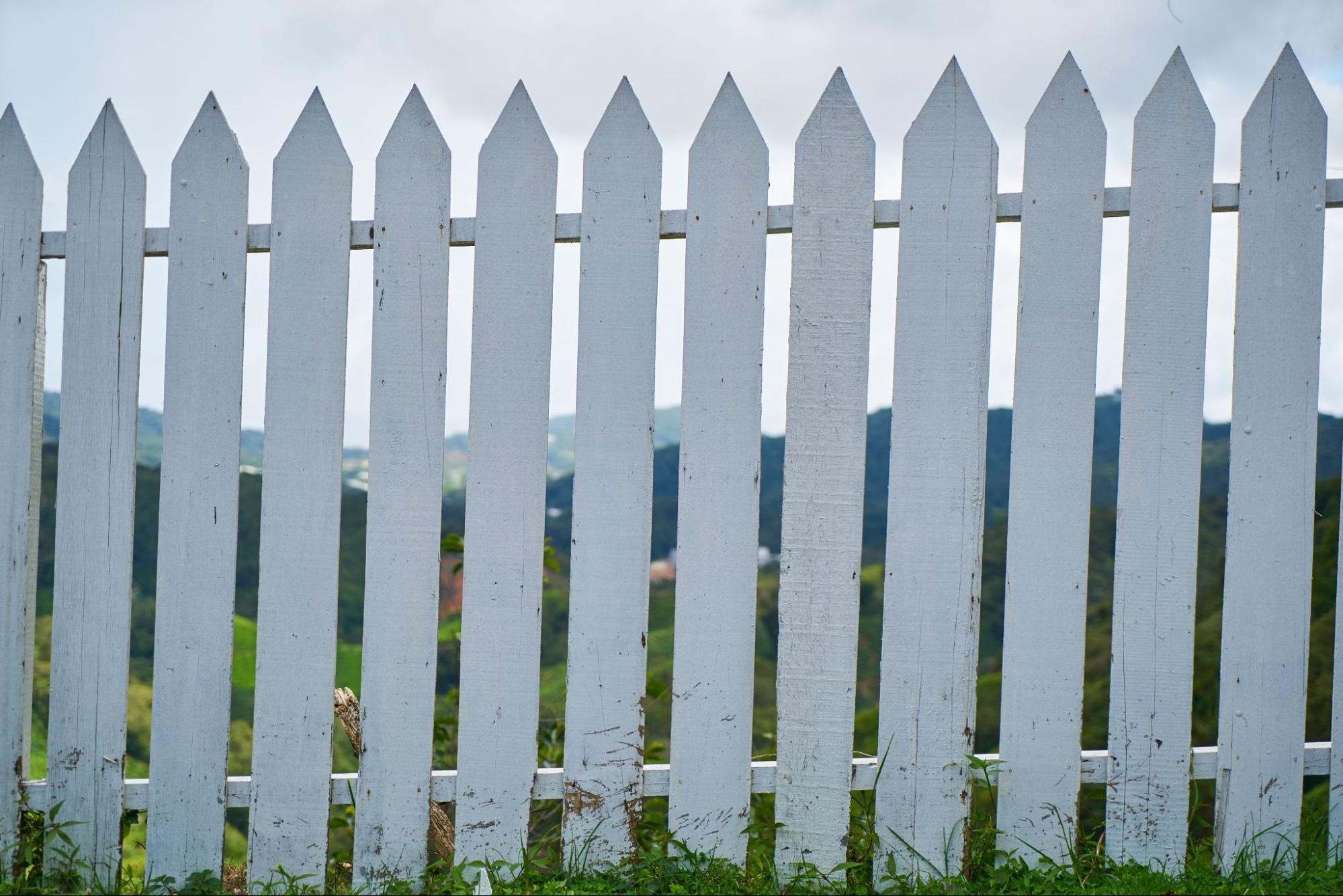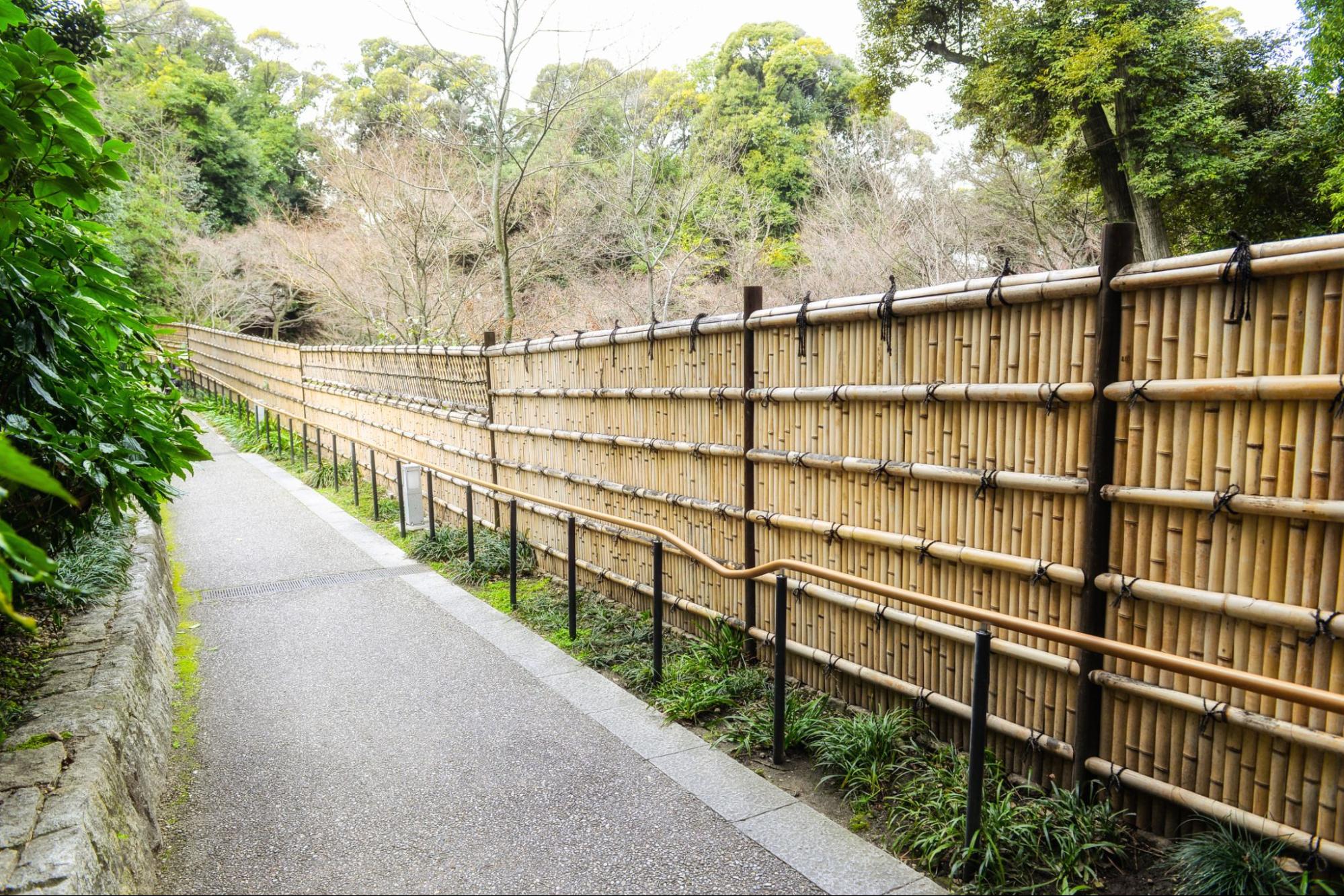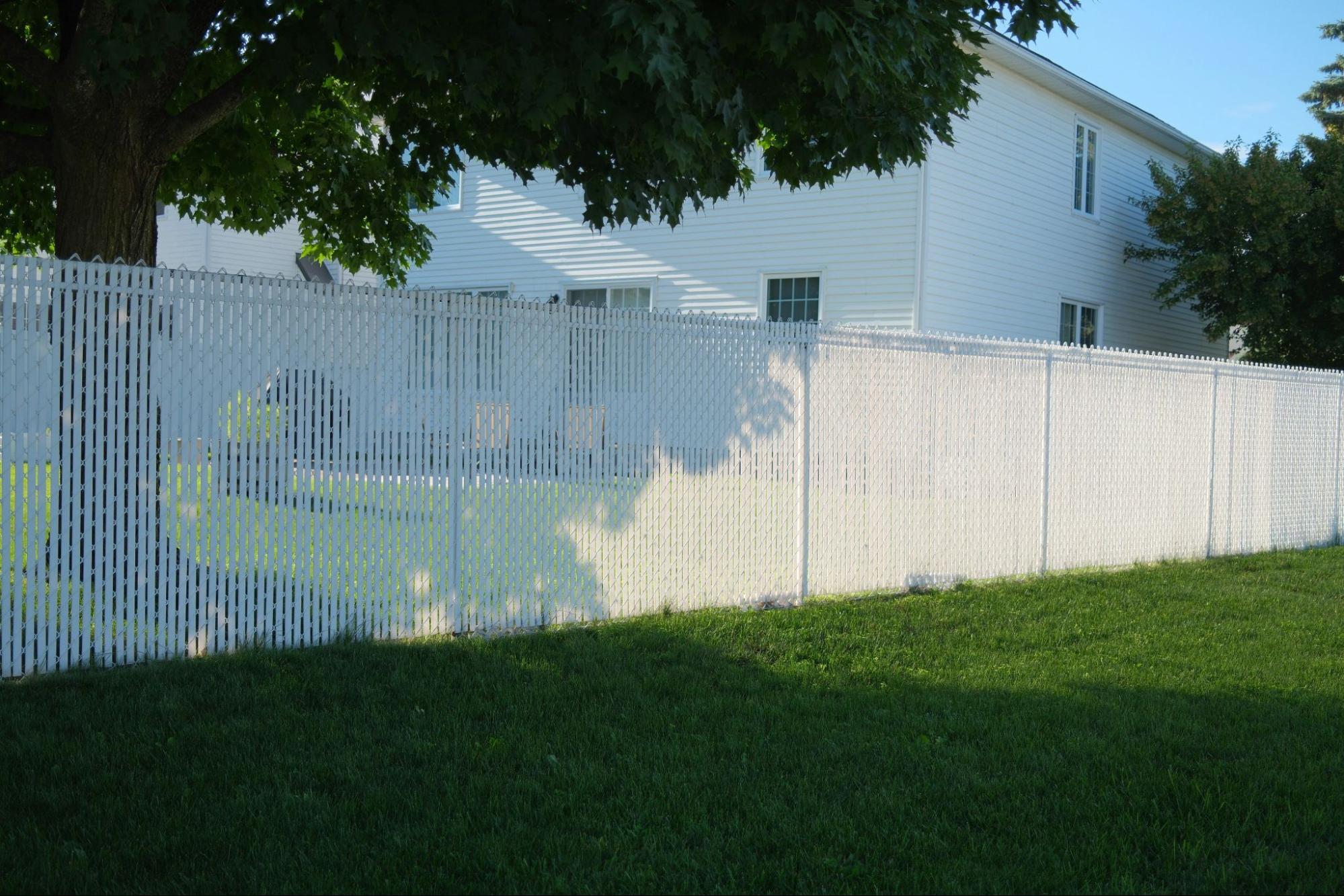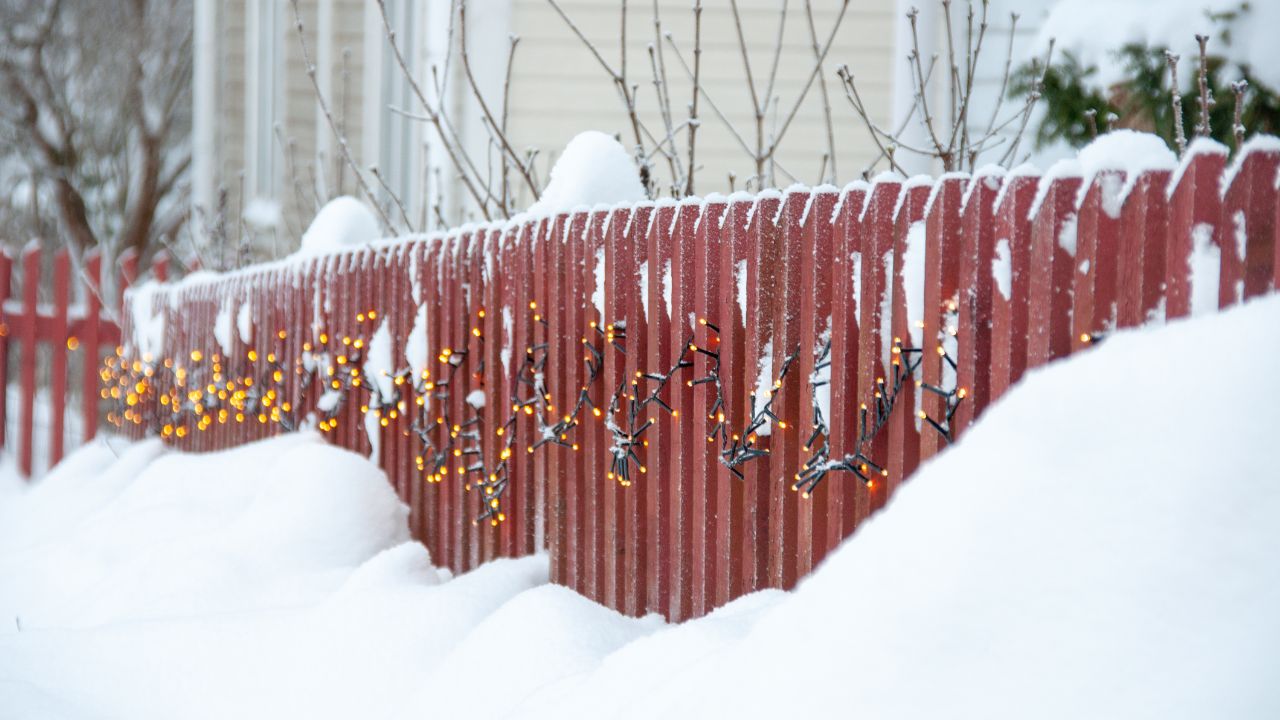When it comes to defining property boundaries, enhancing privacy, or elevating curb appeal, fence panels remain one of the most versatile and cost-effective solutions for homeowners in Canada.
Whether you’re looking for wood fence panels to add a natural aesthetic, privacy fence panels to shield your backyard from prying eyes, or premade fence panels to simplify installation, there’s no shortage of options to suit every budget and design preference.
But it’s not as easy to get them right.
They seem straightforward until you're actually dealing with Canadian weather, soil conditions, and choosing the option that works best according to your needs.
The difference between a fence that lasts decades and one that becomes an expensive mistake later on usually comes down to understanding what you're actually buying.
In this guide, we’ll explore what makes fence panels so popular, the different types available, their benefits for Canadian homeowners, and tips on choosing the right product for your property.

Why Fence Panels Are Popular in Canada
Fence panels have become the go-to choice for Canadian homeowners.
Fences have always played a functional role in securing homes, but modern fence panels do so much more than simply mark a boundary.
For Canadian homeowners dealing with a variety of weather conditions, from heavy snow to rainy springs, fence panels also provide reliable durability and easier maintenance than piecemeal fences.
Plus, Canadian neighbourhoods tend to value privacy and defined property boundaries more than some other places.
Maybe it's because we spend so much time cooped up indoors during winter that we really appreciate having private outdoor space when decent weather finally shows up.
Fence panels deliver that privacy quickly and affordably, which explains why you see them going up in subdivision after subdivision every spring.
The standardized sizing also works well with typical Canadian lot dimensions and building patterns.
Most residential lots have fairly predictable spacing requirements, and standard panel widths accommodate these without requiring expensive custom work.
They offer a pre-assembled, uniform solution that saves homeowners time and effort during installation, while also ensuring a consistent look across the entire property.
Types of Fence Panels for Every Situation
When clients ask about fence panel options, we usually start by figuring out what they're actually trying to accomplish.
Privacy? Security? Just marking property lines? Different goals need different solutions.
Privacy Fence Panels
Privacy fence panels are probably the most common request, especially from families with kids or anyone who wants to enjoy their backyard without feeling like they're on display.
These typically feature solid construction with minimal gaps between boards.
The key with privacy fences is getting panels that actually provide privacy. Sounds obvious, but there are plenty of privacy panels that have wide gaps.
Quality privacy fence panels use overlapping boards or tight spacing that blocks sightlines effectively while still allowing air circulation.
Height matters for privacy too. Six-foot panels work for most situations, but if you're dealing with neighboring second-story windows or elevated decks, you might need eight-foot panels or additional height solutions.
Wood Fence Panels
Traditional wooden fence panels offer the most versatility and can be customized to match almost any architectural style.
Cedar is our go-to recommendation for Canadian conditions. It is naturally resistant to rot and insects, handles our climate changes well, and ages beautifully when properly maintained.
Pressure-treated pine costs less but requires more maintenance over time. The treatment chemicals help with rot resistance, but you'll need to stain or seal regularly to prevent weathering and maintain appearance.
Composite materials are becoming more popular for panels, though they cost significantly more than traditional wood. They eliminate most maintenance requirements but don't have the same natural look that many homeowners prefer.

Premade Fence Panels
Premade fence panels can be a good option for straightforward installations on level ground with standard spacing requirements.
The quality varies enormously, though, so you need to inspect carefully before buying.
Good premade panels save time and labor costs but limit your design flexibility. If your property has slopes, unusual dimensions, or specific aesthetic requirements, custom-built sections often work better than trying to adapt standard panels.
The hardware that comes with premade panels is often the weak point. We recommend upgrading hinges, latches, and mounting brackets regardless of what's included in the package.
Common Fence Panel Mistakes That Cost Money
After years of fixing fence problems, we've noticed the same mistakes happening repeatedly. However, most are preventable with a little planning and realistic expectations.
Buying panels before measuring properly leads to expensive modifications or wasted materials. Fence panels come in standard widths, and forcing them into non-standard spaces creates weak points and aesthetic problems. Make sure you measure twice to get the sizing right.
Ignoring slope and drainage issues during planning creates long-term problems. Water pooling around posts accelerates rot and attracts pests. Panels installed without considering the ground slope end up with uneven gaps that look unprofessional and don't provide the intended privacy or security.
Skimping on hardware and fasteners can cost you a lot later. The panels might cost $200 each, but cheaping out on $20 worth of quality hardware can cause the entire section to fail prematurely.
DIY installation without proper tools or experience often creates more problems than it solves. Post hole digging in Canadian soil conditions requires appropriate equipment.
Weather Considerations for Canadian Fence Panels
Canadian weather puts fences through serious testing that milder climates never experience.
Understanding these stresses helps you make better choices about materials and maintenance.
Freeze-thaw cycles are brutal on fence materials and installations. Water gets into small cracks, freezes, expands, and gradually destroys both wood and hardware. Quality sealers and regular maintenance help, but some damage is inevitable over time.
Wind loads vary dramatically across the country but consistently exceed what most homeowners anticipate.
Prairie winds can turn poorly anchored fence panels into expensive projectiles. Coastal storms create sustained loads that test every connection point.
Ice and snow loading add significant weight to fence structures during the winter months. Panels need to handle these loads without deforming or breaking. Posts and foundations must be sized appropriately for regional conditions.
UV exposure affects both appearance and structural integrity over time. Wood fence panels need protection from sun damage just as much as moisture protection.
Quality stains and sealers that include UV blockers extend panel life significantly.
Installation Tips: DIY vs. Professional Help
While many homeowners are tempted to install wood fence panels or privacy fence panels themselves, professional installation offers several advantages.
Experts ensure panels are level, securely anchored, and compliant with local building codes. They also handle tricky terrain or uneven ground that could otherwise result in gaps or instability.
Professional installers also have access to high-quality materials and tools, which means your fence will not only look better but also last longer.
Making Your Fence Panel Investment Count

The most successful fence installations start with realistic planning and honest assessment of needs, budget, and maintenance willingness. Cutting corners early usually costs more money later.
Quality materials cost more upfront but typically provide better long-term value through reduced maintenance needs and longer service life.
Professional installation makes sense for complex sites, large projects, or when you lack experience with concrete work and precision installation.
The best fence panel installations become long-term property improvements rather than short-term solutions. This happens when materials, installation, and maintenance all match the local conditions and homeowner expectations.







.png)





